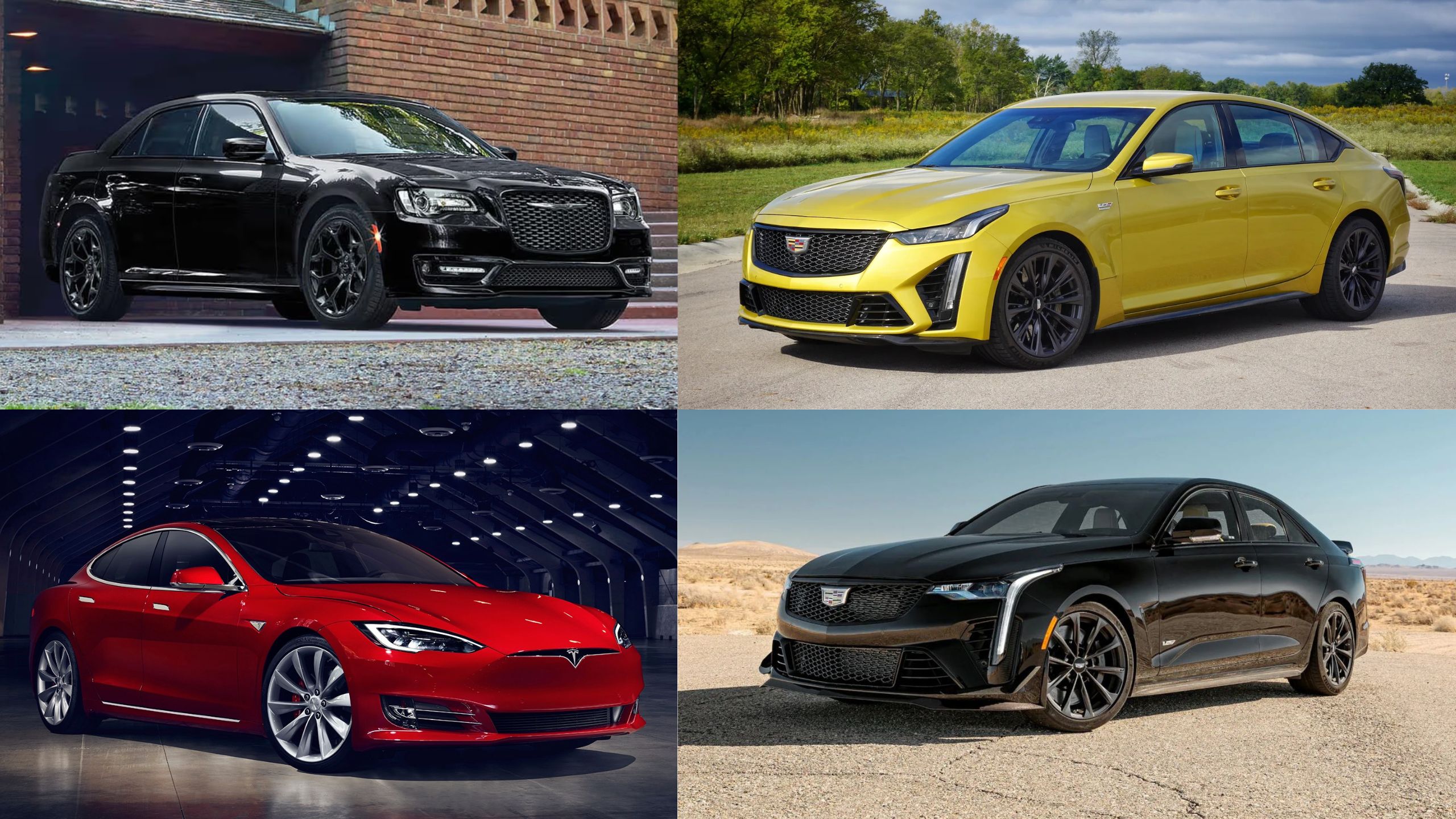As the automotive world continues to evolve with crossovers and SUVs dominating sales charts, the classic American sedan has become something of an endangered species.
Domestic automakers have largely shifted their focus away from these four-door staples, with many iconic nameplates discontinued in recent years. However, several American sedans still roam our roads, offering varying degrees of quality, reliability, and driving enjoyment.
For those with a patriotic preference or simply an appreciation for American automotive design, choosing wisely has never been more important. Some domestic sedans represent excellent value propositions with competitive features, performance, and dependability.
Others, however, fall short of expectations and may leave owners with significant reliability concerns, poor resale values, or outdated technology and driving experiences.
In this comprehensive guide, we’ll explore five American sedans that still deserve your consideration and investment in 2025, along with five that should be approached with caution or avoided altogether.
5 American Sedans That Are Still Worth Owning
Whether you’re shopping for a new vehicle or considering a pre-owned American sedan, this assessment will help you go through the market’s high points and pitfalls.
1. Cadillac CT5-V Blackwing
The Cadillac CT5-V Blackwing stands as perhaps the ultimate expression of the American performance sedan. As a spiritual successor to legendary Cadillac V-Series models, the CT5-V Blackwing has established itself as not just one of America’s finest four-doors but one of the world’s most capable sedans.
At the heart of this automotive masterpiece sits a hand-built 6.2-liter supercharged V8 engine producing a staggering 668 horsepower and 659 lb-ft of torque.
What makes the CT5-V Blackwing truly special is its commitment to driver engagement it’s one of the few remaining high-performance vehicles available with a proper six-speed manual transmission, though a quick-shifting 10-speed automatic is optionally available.
The driving experience transcends what you might expect from an American sedan. Magnetic Ride Control suspension provides an uncanny balance between track-ready handling and everyday comfort.
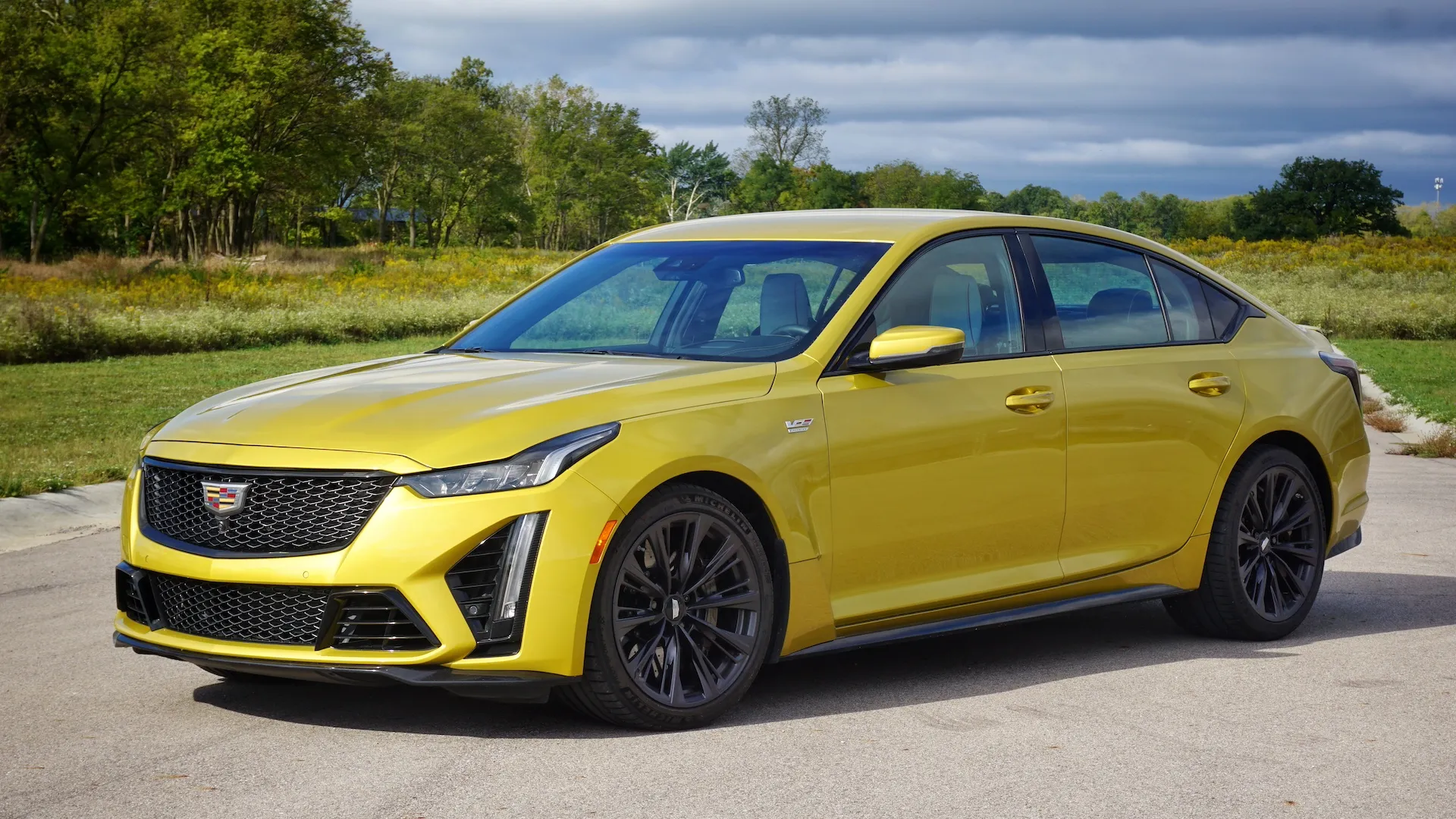
The precision-tuned chassis offers exceptional feedback through corners while never feeling punishing on regular roads. Carbon ceramic brakes deliver fade-resistant stopping power, and the electronic limited-slip differential ensures optimal traction in various driving conditions.
Inside, the CT5-V Blackwing features supportive performance seats, premium materials, and modern technology, including a responsive infotainment system and comprehensive driver assistance features.
While the interior quality doesn’t quite match some European competitors, the execution feels appropriate for the vehicle’s performance-first philosophy.
What truly sets the CT5-V Blackwing apart is its character; it feels special in a way that’s increasingly rare in modern automobiles. It represents the culmination of Cadillac’s performance engineering expertise and serves as a compelling reminder that American manufacturers can produce world-class performance sedans when properly motivated.
As the automotive world transitions toward electrification, the CT5-V Blackwing may well be remembered as one of the final and finest examples of the traditional high-performance American sedan.
2. Chrysler 300
The Chrysler 300 stands as one of America’s longest-running and most recognizable sedan nameplates, evolving into an automotive icon through its blend of bold styling, spacious comfort, and accessible luxury.
While the second-generation platform has been around since 2011, receiving various updates rather than complete redesigns, the 300 has aged surprisingly well and continues to offer compelling value in the large sedan segment.
What distinguishes the Chrysler 300 is its distinctly American approach to luxury and performance. The bold, imposing exterior styling with its high beltline, prominent grille, and substantial proportions gives it a commanding road presence that many modern sedans lack.
Inside, passengers enjoy generous space in both front and rear seating areas, with comfort-oriented accommodations and respectable material quality throughout the cabin.
Under the hood, the standard 3.6-liter Pentastar V6 provides adequate power for most driving situations, delivering a reasonable balance of performance and fuel economy.
For those seeking more exhilaration, higher trim levels offer the legendary 5.7-liter HEMI V8, transforming the 300 into a modern interpretation of the classic American muscle sedan with 363 horsepower and a distinctive exhaust note that’s becoming increasingly rare in today’s automotive world.
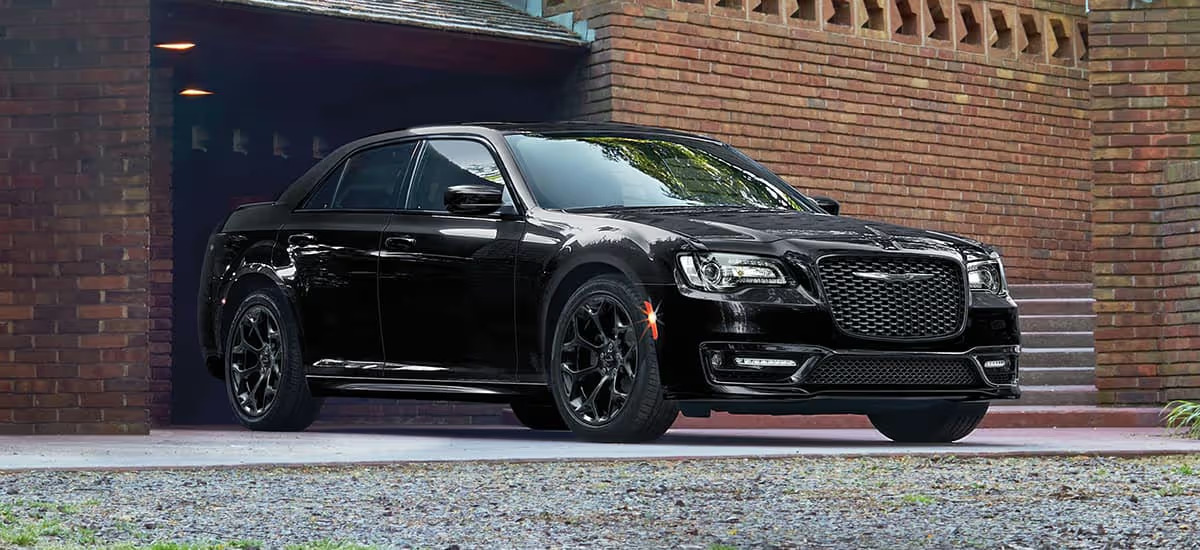
The driving experience emphasizes comfort over sportiness, with a smooth ride quality that excels on highways and urban thoroughfares alike.
The standard eight-speed automatic transmission operates seamlessly in the background, and available all-wheel drive provides additional confidence in adverse weather conditions.
While handling isn’t as crisp as some competitors, the 300’s road manners are entirely appropriate for its intended purpose as a comfortable cruiser.
Technology offerings have been updated over the years to keep pace with contemporary expectations, featuring Chrysler’s user-friendly Uconnect infotainment system with Apple CarPlay and Android Auto compatibility.
Modern driver assistance features are available, though some advanced systems require selecting higher trim levels or optional packages. The Chrysler 300’s continued appeal lies in its distinctive character, reasonable pricing, and honest approach to the large sedan formula.
As one of the few remaining American full-size sedans on the market, it offers buyers a compelling alternative to crossovers and SUVs with its classic proportions and comfortable, spacious interior.
3. Cadillac CT4
The Cadillac CT4 represents the American luxury brand’s entry-level offering, competing in the highly competitive compact luxury sedan segment dominated by European and Japanese rivals.
Despite facing fierce competition, the CT4 has carved out a distinct identity by focusing on driving dynamics and performance while maintaining reasonable value compared to its international counterparts.
What immediately sets the CT4 apart is its chassis tuning and driving experience. Built on Cadillac’s Alpha platform the same architecture that underpinned the lauded ATS sedan, the CT4 delivers precise handling, excellent body control, and responsive steering that rewards enthusiastic driving.
The rear-wheel-drive layout (with all-wheel drive available) provides balanced dynamics that many competitors have abandoned in favor of front-wheel-drive platforms.
Engine options begin with a 2.0-liter turbocharged four-cylinder producing 237 horsepower, providing adequate performance for daily driving with reasonable fuel efficiency.
The step-up CT4-V features a more potent 2.7-liter turbocharged four-cylinder generating 325 horsepower and 380 lb-ft of torque, delivering impressive acceleration with minimal turbo lag. Both engines pair with a refined 10-speed automatic transmission that executes shifts promptly and smoothly.
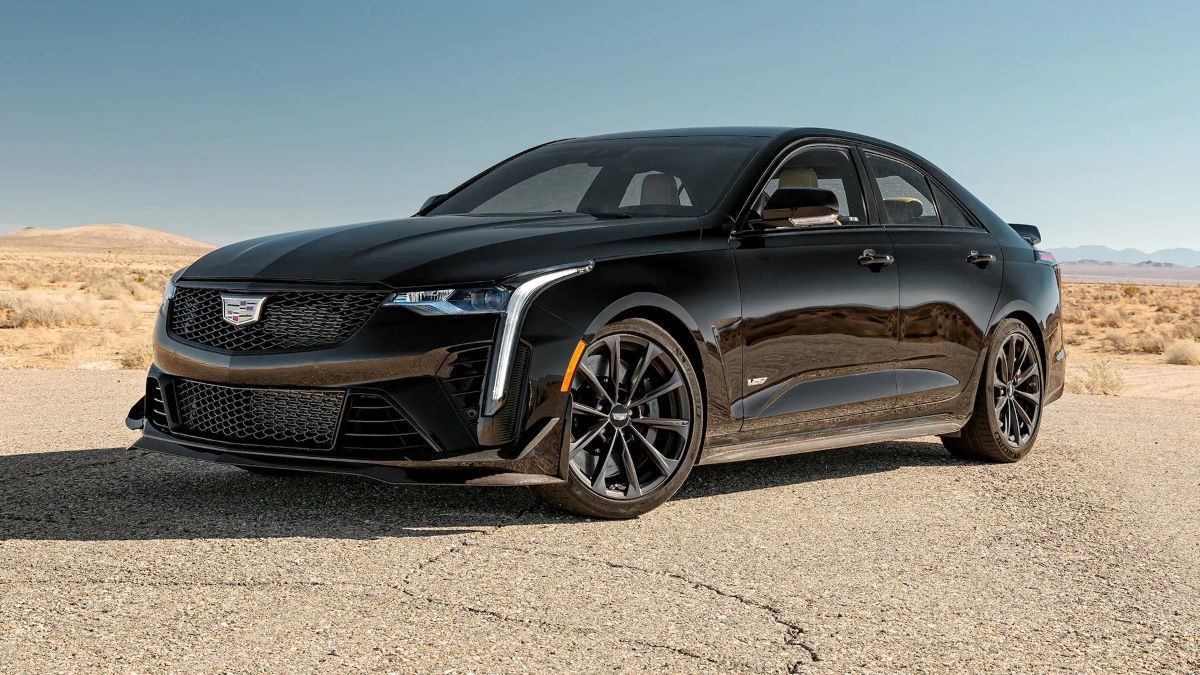
Inside, the CT4 offers a driver-focused cockpit with logical control placement and supportive seating. While interior materials aren’t as sumptuous as some European competitors, build quality is solid and the design is clean and contemporary.
The latest iteration of Cadillac’s infotainment system represents a significant improvement over previous versions, with quick responses and intuitive operation through either touchscreen inputs or the rotary controller.
Where the CT4 faces criticism is primarily in rear seat accommodations, which are tighter than many competitors, and some interior materials that don’t quite match the tactile quality found in German rivals.
However, these shortcomings are offset by a starting price that typically undercuts similarly equipped European competitors by thousands of dollars.
The CT4’s value proposition becomes particularly compelling in the V-Series models, which deliver performance capabilities that often require spending substantially more with competing brands.
For drivers who prioritize engaging driving dynamics and distinctive American design over maximum interior space or the cachet of a European badge, the CT4 represents a compelling and often overlooked option in the compact luxury sedan segment.
4. Tesla Model S
Though sometimes overlooked as an “American sedan” due to its electric powertrain and Silicon Valley origins, the Tesla Model S has redefined what an American luxury car can be in the 21st century.
As the vehicle that transformed Tesla from an automotive curiosity to a dominant force in the industry, the Model S continues to impress with its combination of cutting-edge technology, exhilarating performance, and practical everyday usability.
The Model S’s design has aged remarkably well since its introduction, with Tesla implementing subtle refinements rather than radical redesigns. The sleek, aerodynamic profile contributes not only to the vehicle’s distinctive appearance but also to its exceptional efficiency and range.
Recent updates have modernized the front fascia and rear diffuser while maintaining the clean, minimalist aesthetic that has become Tesla’s signature.
Performance capabilities remain a defining characteristic across all Model S variants. Even the base models deliver immediate torque and acceleration that outpace many conventional luxury sedans.
The range-topping Plaid version features a tri-motor setup producing over 1,000 horsepower, enabling 0-60 mph times under 2 seconds, making it one of the quickest production cars ever created, regardless of propulsion type.
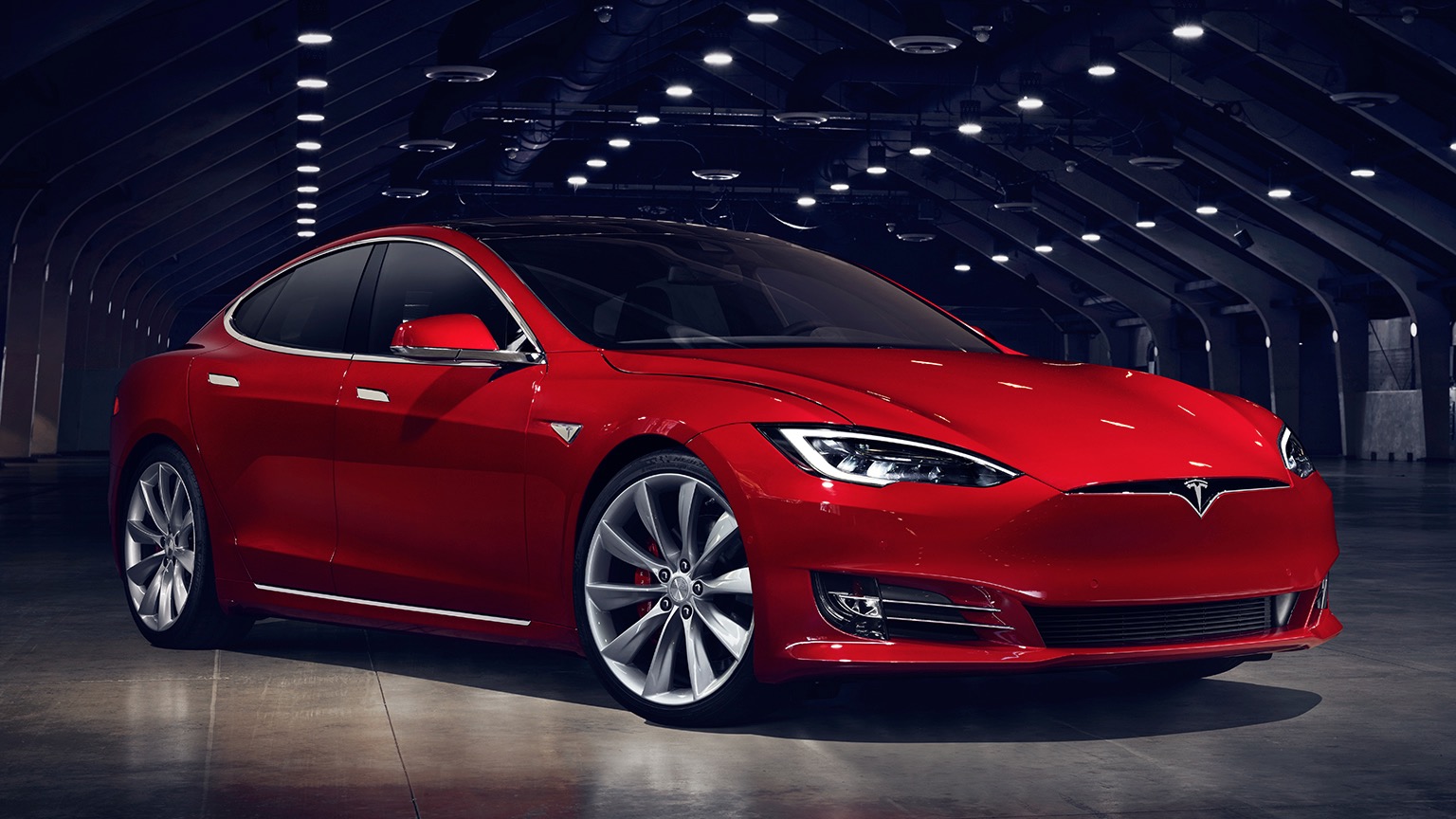
Inside, the Model S features Tesla’s ultra-minimalist approach to interior design, centered around the massive central touchscreen that controls virtually all vehicle functions.
While some critics find this approach overly Spartan or functionally challenging, proponents appreciate the clean aesthetic and regular over-the-air updates that continuously add features and refinements.
The yoke-style steering wheel remains controversial, though traditional round steering wheels have been reintroduced as an option on newer models. Practical considerations remain strong suits for the Model S.
The spacious interior accommodates five adults comfortably, while front and rear trunks provide exceptional cargo capacity for a sedan.
Access to Tesla’s extensive Supercharger network alleviates much of the range anxiety associated with electric vehicles, and the Model S offers among the longest driving ranges of any EV on the market, with top configurations exceeding 400 miles per charge.
The Model S stands as proof that American automotive ingenuity remains vibrant in the electric era.
While it commands a premium price and Tesla’s build quality has faced criticism over the years, the Model S continues to offer a compelling package of performance, technology, and efficiency that keeps it relevant and desirable even as competitors have emerged to challenge its dominance in the luxury electric segment.
Also Read: 5 Vehicles That Last on Rural Roads and 5 That Belong in Cities
5. Ford Mustang Mach-E
While purists may debate its classification as both a Mustang and a sedan, the Ford Mustang Mach-E has quickly established itself as one of America’s most significant and successful electrified vehicles.
Technically a crossover but with a low-slung profile more akin to a sedan than traditional SUVs, the Mach-E represents Ford’s commitment to an electrified future while maintaining performance DNA that honors its Mustang namesake.
The Mach-E’s design successfully translates Mustang styling cues to a four-door format, incorporating the iconic tri-bar taillights, muscular haunches, and aggressive front fascia.
Rather than simply applying Mustang badges to an anonymous electric vehicle, Ford has created a distinct identity that feels connected to the Mustang heritage while establishing its modern character.
The result is an American electric vehicle with genuine personality in a segment where many competitors feel somewhat anonymous.
Performance varies significantly across the Mach-E lineup, from the base models offering respectable acceleration to the GT Performance Edition delivering exhilarating sprints to 60 mph in approximately 3.5 seconds.
All versions provide the instant torque characteristic of electric vehicles, while more performance-oriented trims feature adaptive suspension systems that balance daily comfort with engaging handling.
The Mach-E GT models in particular offer a driving experience that feels worthy of the Mustang name, with precise steering and impressive body control for a vehicle of its size and weight.
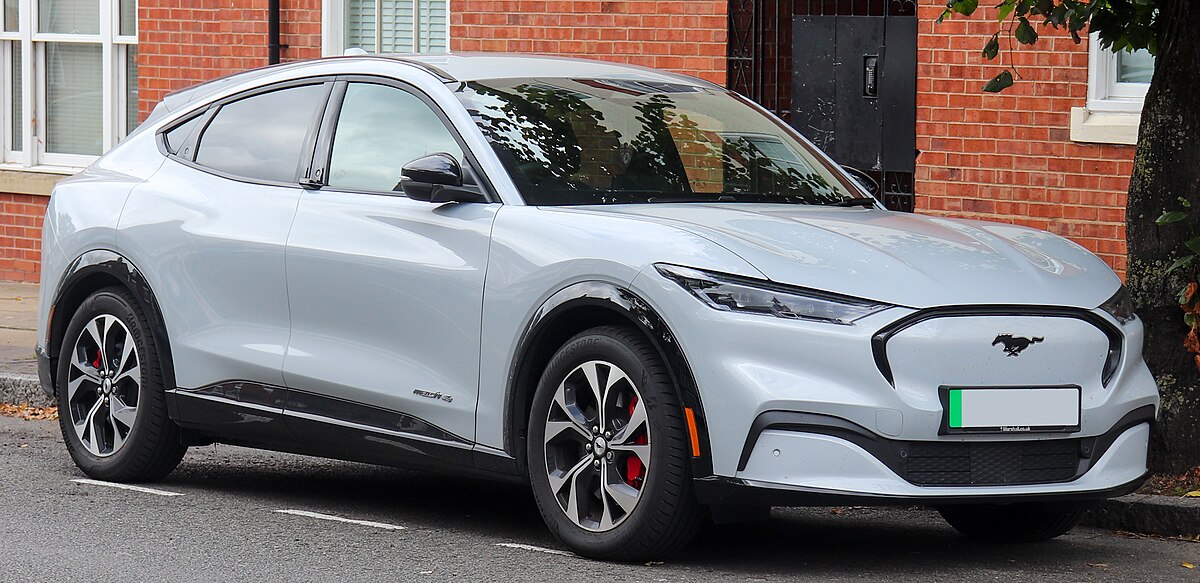
The interior represents one of Ford’s most forward-thinking cabin designs, centered around a massive 15.5-inch vertical touchscreen and a separate digital instrument cluster.
Material quality exceeds expectations for the price point, with thoughtful details and comfortable accommodations for five passengers. Practical considerations aren’t overlooked, with ample rear seat space and cargo capacity that exceeds what traditional sedans can offer.
Range anxiety is mitigated by EPA-estimated ranges between 224-312 miles, depending on battery size and drivetrain configuration.
While not class-leading, these figures prove more than adequate for most users’ daily needs, and the Mach-E’s compatibility with DC fast charging enables adding significant range in relatively short charging sessions.
What makes the Mustang Mach-E particularly appealing is its accessibility it delivers the benefits of electric driving and impressive performance at a price point that, especially after potential tax incentives, makes it competitive with conventional internal combustion vehicles.
As Ford continues to refine the platform with regular updates, the Mach-E demonstrates that American manufacturers can successfully transition signature performance nameplates into the electric era.
5 American Sedans That Aren’t Worth Owning
1. Chevrolet Malibu
The Chevrolet Malibu represents one of the longest-running nameplates in American automotive history, with origins dating back to 1964.
Unfortunately, the current iteration fails to capture the spirit of its predecessors or meet the standards set by contemporary competitors in the midsize sedan segment.
As General Motors has shifted focus toward SUVs, crossovers, and electrification, the Malibu has languished with minimal meaningful updates since its last complete redesign in 2016.
The Malibu’s most significant shortcoming lies in its powertrain options. The base 1.5-liter turbocharged four-cylinder engine produces just 160 horsepower and 184 lb-ft of torque figures that feel inadequate for a modern midsize sedan.
Acceleration is sluggish, particularly during highway passing maneuvers, and the continuously variable transmission (CVT) that replaced the previous nine-speed automatic exacerbates the underpowered feeling with its rubber-band effect during acceleration.
The previous 2.0-liter turbocharged engine option has been discontinued, leaving no performance oriented alternative in the lineup. Interior accommodations reflect cost-cutting measures throughout.
Hard plastics dominate touch points where competitors offer soft-touch materials, and the design feels dated compared to fresher rivals.
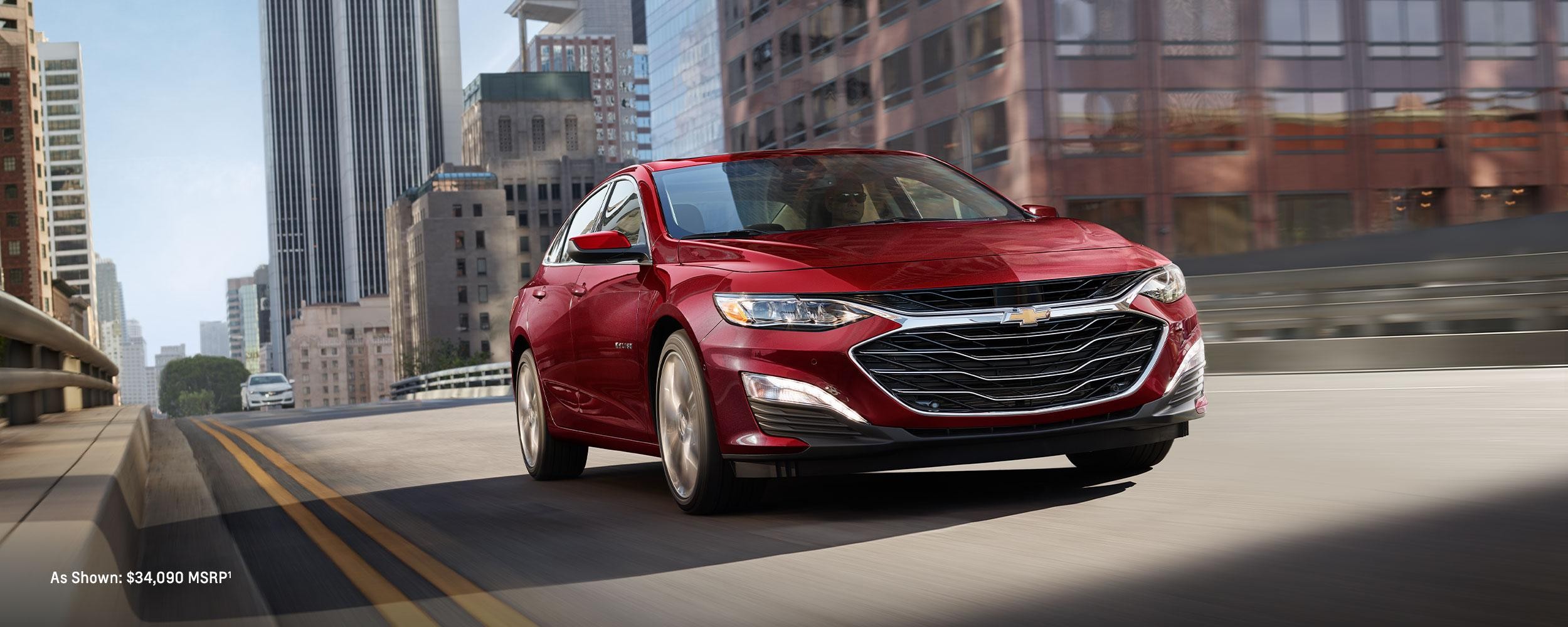
While the infotainment system includes modern essentials like wireless Apple CarPlay and Android Auto, the interface design and responsiveness lag behind class leaders. Rear seat space is adequate, but seat comfort falls short on longer journeys with limited thigh support and firm cushioning.
The driving experience proves uninspiring in nearly every respect. The steering lacks meaningful feedback, the suspension tuning fails to find a satisfactory balance between ride comfort and handling precision, and road and wind noise intrusion exceeds acceptable levels for a modern midsize sedan.
While the Malibu handles basic transportation duties adequately, it provides little driving enjoyment or character.
Perhaps most concerning for potential owners is the Malibu’s poor predicted reliability ratings and below-average resale value. Consumer reports and owner surveys consistently place the Malibu below most competitors in terms of dependability and ownership satisfaction.
Combined with rapid depreciation, these factors make the Malibu a questionable long-term value proposition despite attractive initial purchase prices and incentives.
As Chevrolet has announced plans to discontinue the Malibu without a direct replacement, the current model represents the end of a storied nameplate that deserved a better final chapter.
For consumers seeking a midsize sedan with American roots, superior alternatives exist both within and outside domestic brands, making the Malibu difficult to recommend except at substantial discounts.
2. Lincoln MKZ
The Lincoln MKZ, discontinued after the 2020 model year, represents a cautionary tale for used car shoppers seeking American luxury at a discount.
Based on the Ford Fusion platform, the MKZ attempted to translate mainstream underpinnings into a legitimate luxury experience through distinctive styling, upgraded materials, and additional technology.
Unfortunately, this transformation was never quite complete enough to justify the premium pricing when new, and several significant concerns make pre-owned examples questionable values on the used market.
Reliability stands as the most significant concern for used MKZ shoppers. Multiple model years experienced problems with the electrical systems, particularly related to the infotainment interface and electronic controls.
The available 2.7-liter twin-turbocharged V6 engine has documented issues with internal water pump failures that can lead to catastrophic engine damage if not addressed promptly.
Similarly, transmissions in certain model years have exhibited premature wear and control module failures. These potential repair costs can quickly eliminate any savings achieved by purchasing the MKZ instead of more reliable competitors.
Interior quality represents another shortcoming. Despite Lincoln’s efforts to differentiate the MKZ from its Ford cousin through unique design elements and materials, evidence of its mainstream origins remains apparent.
Touch points that should feel premium often don’t, and build quality inconsistencies become more evident as these vehicles age.
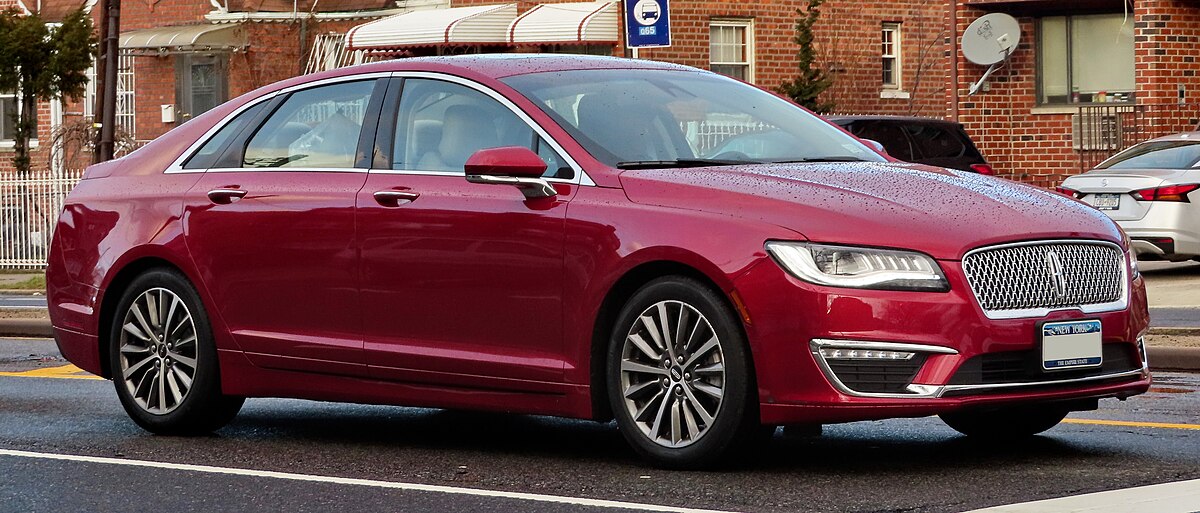
The push-button transmission selector, while distinctive in appearance, proves counterintuitive for many drivers and represents a style prioritized over substance, a theme that permeates much of the vehicle’s design philosophy.
The driving experience fails to deliver the refinement expected from a luxury marque. Road and wind noise intrusion exceeds acceptable levels for the class, and the suspension tuning never successfully resolves the compromise between handling precision and ride comfort.
While the available adaptive suspension improves matters somewhat, it doesn’t raise the driving experience to match similarly priced European and Japanese alternatives. Even with the powerful V6 engine option, the MKZ never feels particularly engaging or special from behind the wheel.
Depreciation, typically considered an advantage when shopping for used luxury vehicles, becomes a warning sign with the MKZ. Its rapid value decline reflects the market’s assessment of its desirability and long-term viability.
While this steep depreciation might seem to create used bargains, it signals potentially higher ownership costs through additional maintenance needs and continued value erosion.
For used car shoppers seeking American luxury, more compelling alternatives exist within Lincoln’s lineup (particularly the newer Corsair and Aviator crossovers) or from Cadillac’s more driver-focused sedans.
The MKZ represents a compromised attempt at luxury that falls short in too many critical areas to recommend as a used purchase, regardless of the apparent initial value proposition.
3. Dodge Charger (Base SE/SXT Trim)
The Dodge Charger has cultivated a performance image built largely on its HEMI-powered R/T, Scat Pack, and Hellcat variants, which deliver legitimate muscle car thrills in a practical four-door package.
However, the base model Charger SE and entry-level SXT trim levels tell a very different story, offering neither the performance credentials of their higher-powered siblings nor the refinement, efficiency, or technology expected in the modern midsize sedan segment.
At the heart of the base Charger’s shortcomings lies the standard 3.6-liter Pentastar V6 engine. While this powertrain’s 292 horsepower (or 300 in the SXT) sounds adequate on paper, the Charger’s substantial weight blunts performance considerably.
Acceleration feels lethargic compared to both V8-powered Charger variants and similarly priced competitors. Fuel economy, which might justify the power sacrifice, proves disappointing as well, with real-world consumption often falling short of more modern and efficient alternatives in the class.
The interior experience in base models fails to match contemporary standards. Hard plastics dominate the cabin, with material quality visibly declining from what’s found in even mainstream competitors at similar price points.
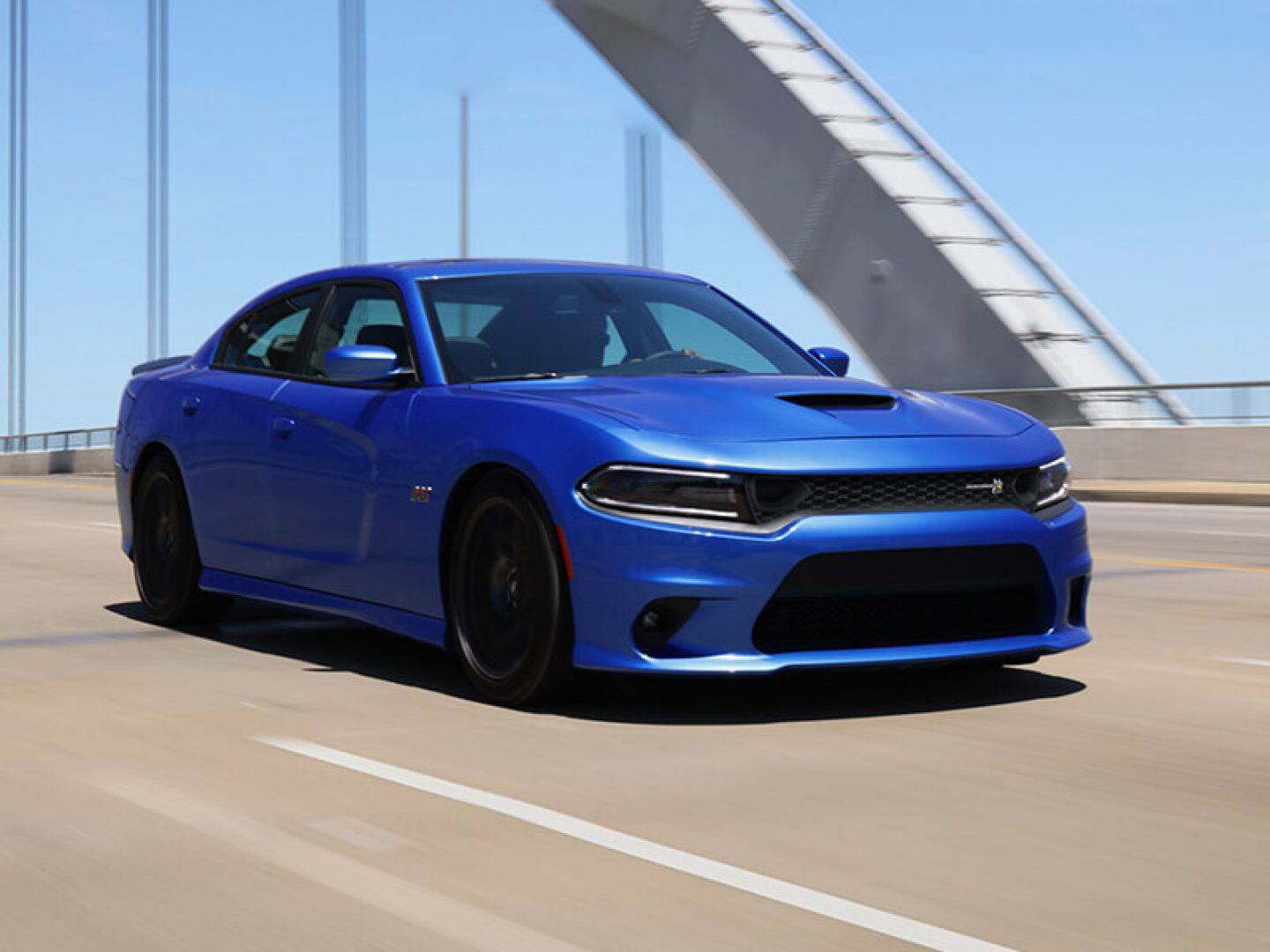
The basic cloth seating in SE models offers limited support for longer drives, and noise insulation falls short of expectations.
While the Uconnect infotainment system remains a bright spot with its intuitive interface, the smaller standard screen size and limited feature set in base trims feel outdated compared to rivals.
Driving dynamics further underscore the compromises inherent in the base Charger. The suspension tuning attempts to balance comfort and handling but achieves neither convincingly.
The ride quality can feel unsettled on imperfect roads, yet body roll remains pronounced during more spirited driving. Steering offers little feedback, and the driving experience lacks the precision found in more modern platforms.
These limitations become particularly apparent when comparing the driving experience to similarly priced sedans from Asian and European manufacturers.
The value proposition diminishes further when considering long-term ownership costs. The aging platform (dating back to 2011 with roots in even older Mercedes-Benz architecture) has documented reliability concerns, particularly with electrical systems and transmission longevity.
Resale values for base model Chargers decline more rapidly than their V8 counterparts, reflecting the market’s limited interest in the V6 variants.
While the Charger’s bold styling may appeal to those seeking muscle car aesthetics on a limited budget, the compromises required in the base trims create a vehicle that fails to deliver on the promise of its appearance.
For buyers genuinely interested in the Charger’s character, saving for at least the R/T trim with its 5.7-liter HEMI V8 results in a substantially more satisfying vehicle that lives up to its visual aggression and heritage.
Alternatively, those prioritizing practicality and efficiency would be better served by numerous competitors offering superior refinement, technology, and economy at similar price points.
4. Cadillac XTS
The Cadillac XTS, produced from 2013 to 2019, represented the brand’s attempt to bridge traditional luxury values with modern technology during Cadillac’s transitional period.
Designed primarily to appeal to longtime Cadillac customers accustomed to vehicles like the DeVille and DTS, the XTS struggled to find a clear identity in the luxury market.
Now available exclusively on the used market, it presents several significant concerns that make it difficult to recommend despite potentially attractive pricing.
The XTS’s fundamental engineering compromises begin with its platform, a stretched version of GM’s Epsilon II architecture shared with the Chevrolet Impala and Buick LaCrosse.
Unlike rear-wheel-drive competitors that established the modern luxury standard, the XTS’s front-wheel-drive layout (with optional all-wheel drive) creates handling characteristics that fall short of expectations in the luxury segment.
Despite Cadillac’s implementation of Magnetic Ride Control suspension, the vehicle never feels as composed or engaging as purpose-built luxury sedans from European and Asian manufacturers.
Technology integration represents another area where the XTS now shows its age. Early models featured the original CUE (Cadillac User Experience) infotainment system, notorious for its frustrating touch-sensitive controls, laggy response times, and counterintuitive interface design.
While later model years received updates that addressed some of these issues, the system remains cumbersome compared to both contemporary competitors and current infotainment standards.
The haptic feedback touch controls for climate and audio functions similarly proved more frustrating than innovative in real-world use.
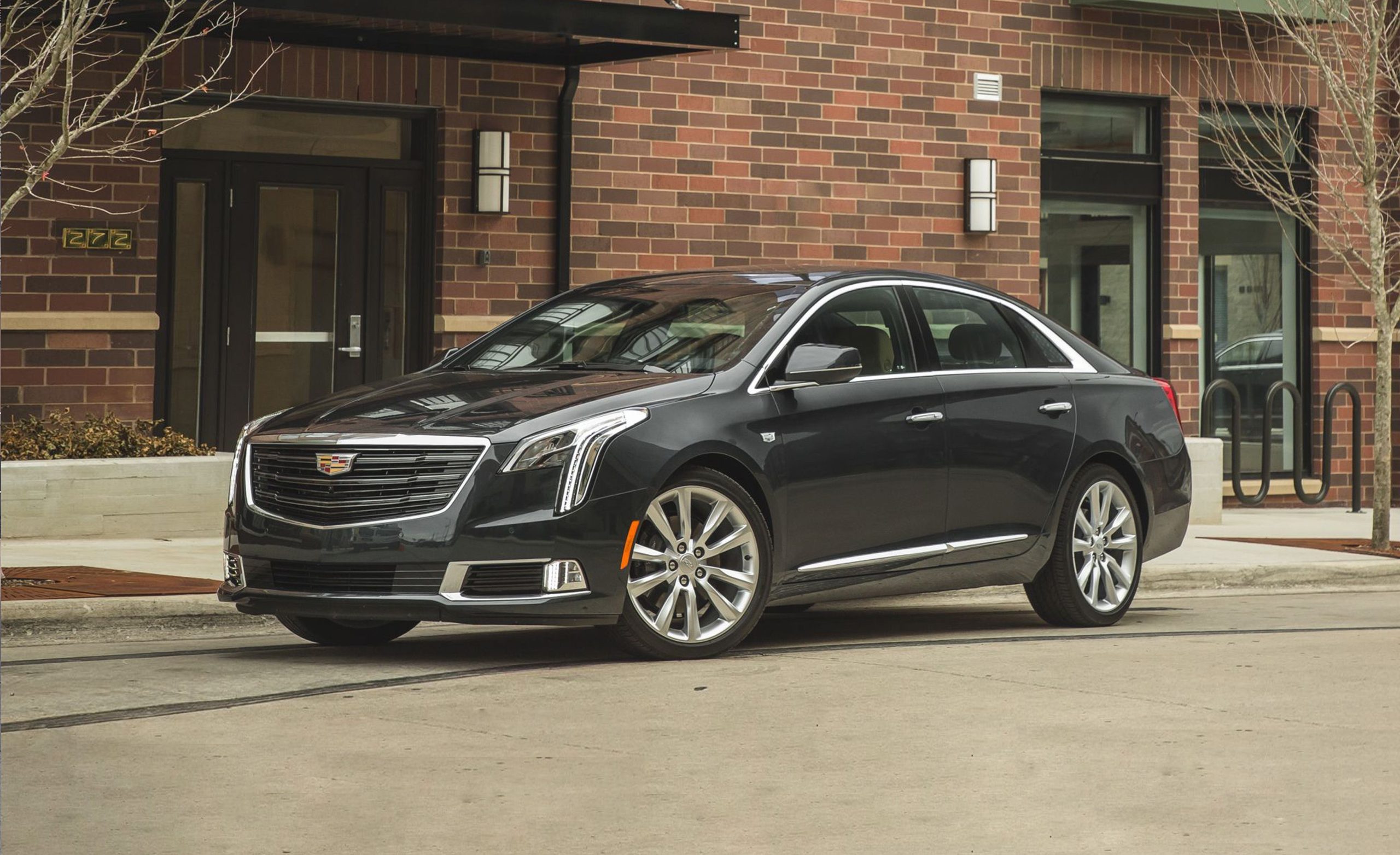
Reliability concerns add significant risk to XTS ownership. The complex CUE system has documented failures requiring expensive replacement of the entire display unit.
The available twin-turbocharged V6 engine suffers from timing chain issues that can lead to catastrophic engine damage if not addressed.
Additionally, multiple recalls for brake system components, electrical systems, and sensing systems suggest quality control inconsistencies throughout production.
Interior quality, while appearing impressive initially with leather surfaces and wood accents, reveals cost-cutting measures upon closer inspection and with age.
Touch points that should feel substantial often don’t, and material durability has proven questionable as these vehicles age. The design, intended to appeal to traditional luxury buyers, now appears dated compared to the more contemporary aesthetic Cadillac subsequently adopted.
While the XTS offers generous passenger space, particularly in the rear seat, and a smooth ride quality on perfect roads, these virtues aren’t sufficient to overcome its substantial shortcomings.
As used values continue to decline rapidly, a red flag regarding market perception, the apparent value proposition becomes offset by potentially expensive repairs and continued steep depreciation.
Buyers seeking a comfortable, spacious American luxury sedan would be better served considering a certified pre-owned Cadillac CT6 (which offered superior engineering and driving dynamics) or exploring other brands entirely.
The XTS represents Cadillac’s transitional period rather than the brand’s current direction, making it a compromised choice that fails to deliver either true modern luxury or the effortless cruising character of classic Cadillacs.
5. Ford Fusion (Late Model)
The Ford Fusion, discontinued after the 2020 model year, represented Ford’s last mainstream midsize sedan offering in the North American market.
While earlier iterations of the Fusion earned praise for distinctive styling, engaging driving dynamics, and competitive features, later models suffered from Ford’s shifting priorities as the company diverted development resources toward SUVs, crossovers, and electrification.
Examples from the final production years exhibit several concerning issues that make them questionable purchases despite potentially attractive pricing.
Mechanical reliability stands as the most significant concern for late-model Fusion shoppers. The 1.5-liter EcoBoost engine option has documented coolant intrusion issues that can lead to catastrophic failure if not addressed.
Similarly, the 2.0-liter EcoBoost variants have exhibited timing chain wear problems at relatively low mileages in some cases. Both issues represent expensive repairs that can quickly eliminate any purchase price savings.
Transmission durability concerns further complicate the ownership equation, with both the six-speed automatic and the continuously variable transmission in hybrid models showing inconsistent reliability records.
Interior quality noticeably declined in later production years as cost-cutting measures became increasingly apparent. Materials that were once class-competitive were replaced with harder plastics and less durable fabrics.
Build quality suffered as well, with many owners reporting persistent rattles, squeaks, and fit-and-finish issues that emerged relatively early in the ownership experience. These quality concerns reflect Ford’s reduced investment in a platform scheduled for discontinuation.
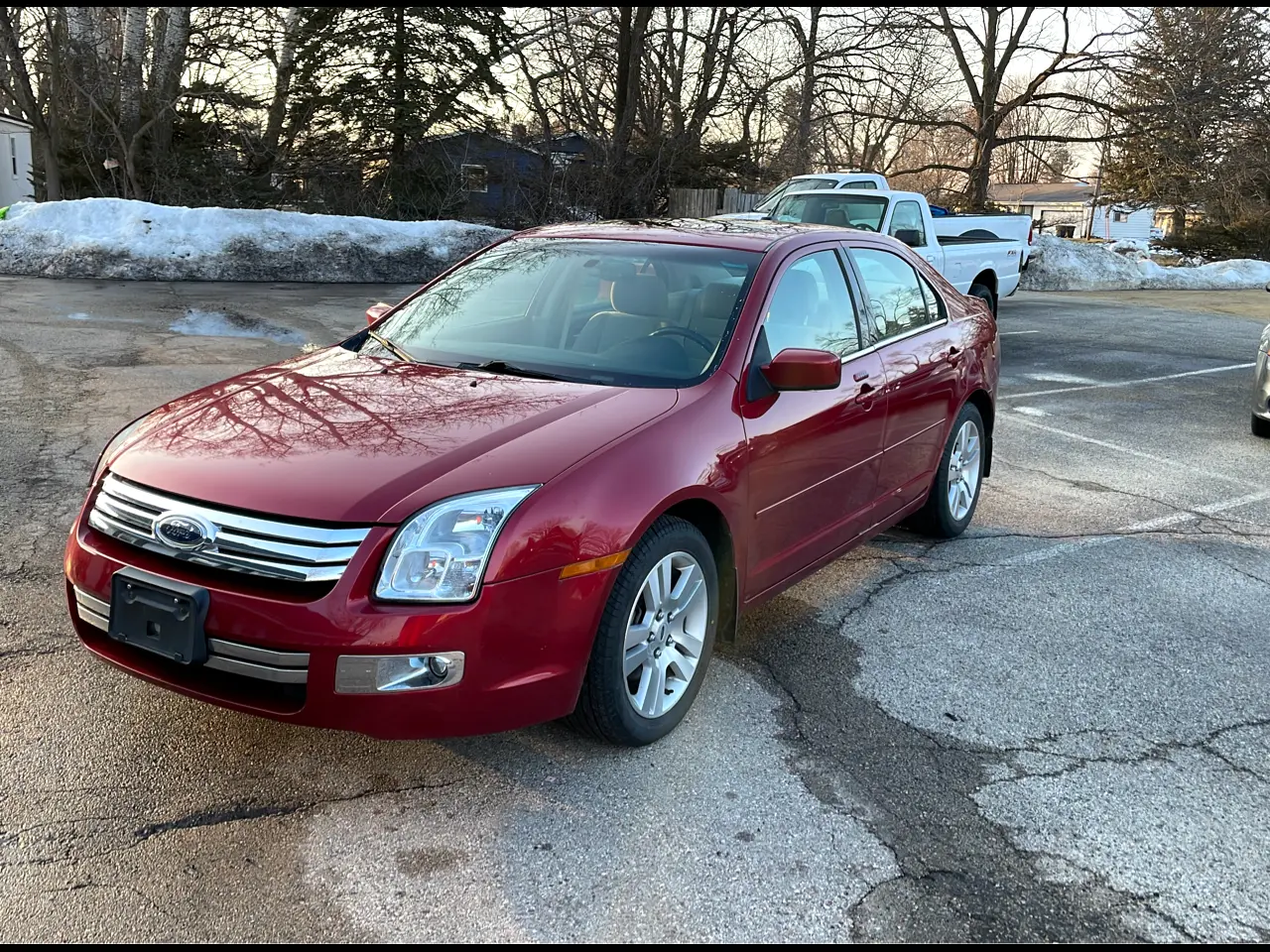
Technology integration represents another area where the Fusion failed to keep pace with rapidly evolving competitors.
While the SYNC 3 infotainment system offered in later models represented an improvement over previous iterations, the technology package, including driver assistance features and connectivity options, lagged behind fresher rivals in the segment.
As automotive technology continues advancing rapidly, this technology gap becomes increasingly apparent with each passing year. The driving experience, once a Fusion strength, suffered from reduced development attention in later years.
Suspension tuning became less sophisticated, steering feel deteriorated, and refinement declined as Ford’s engineering focus shifted elsewhere.
While still adequate for basic transportation, the engaging character that distinguished earlier Fusions was notably diminished in the final production years.
Resale value projections create additional concerns for potential buyers. As an orphaned model from a manufacturer that has largely abandoned the sedan segment, the Fusion faces steeper depreciation than competitors from manufacturers maintaining a commitment to sedans.
Parts availability and service expertise may become increasingly challenging as the vehicle ages further from production, potentially creating additional ownership costs and inconveniences.
For used car shoppers seeking a midsize sedan, numerous alternatives offer more compelling combinations of reliability, technology, and driving enjoyment.
Asian competitors like the Toyota Camry, Honda Accord, and Mazda6 from similar model years generally provide superior dependability records and more consistent build quality, making them smarter long-term investments despite potentially higher initial purchase prices.
Also Read: 5 Sports Cars That Are Reliable and 5 That Spend Time in Shops

